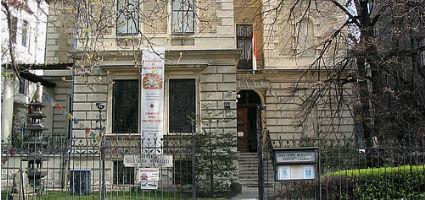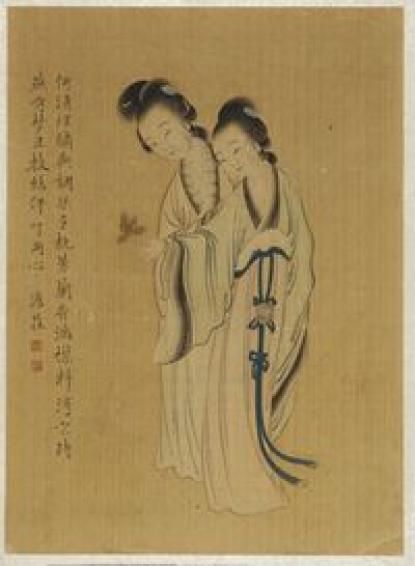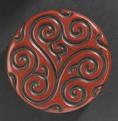 |
Address: 1062, Budapest Andrássy út 103.
Phone number: (1) 322-8476
E-mail: hoppmuseum@hoppmuseum.hu
Opening hours: Mon-Sun 10-18
|
|
Ticket for adults
|
1000 HUF
|
|
|
Ticket for students
|
500 HUF
|
|
|
Ticket for pensioners
|
550 HUF
|
Five thousand years of use as key ingredients of Chinese art at the Ferenc Hopp Museum of East Asian Art exhibition of the beauty's heart by showing the nearly 8,000-piece collection of Chinese offers a representative selection.
The exhibition aims to show you the art of China, as the Chinese themselves think about it. Therefore, the Andrássy Avenue museum in jade, porcelain and lacquer objects, not just the pieces exhibited symbolism, ritual or secular use and production technology, but also the works of creating ideological background also want to acquaint the visitors with the help of the exhibition can be read and heard, the philosophical and literary works in addition to paintings .
 Hungary is not open to the richness of Chinese art in the same thumbnail exhibition in 1987; Now for the recruitment of Chinese-Hungarian diplomatic relations 65th anniversary provided an opportunity.
Hungary is not open to the richness of Chinese art in the same thumbnail exhibition in 1987; Now for the recruitment of Chinese-Hungarian diplomatic relations 65th anniversary provided an opportunity.
entrants - as well as a traditional Chinese home - háziszentély be adopted, in which a 19th-century imperial appointment letter placed first and then created the most valued materials in China, looks at the history of the use of jade.
diamond hardness of stone you want an extremely high level of technical knowledge, but the exhibits show that the Chinese have been masters of this BC.. They were in possession of the third millennium. Room jádetárgy blessed with three distinctive types. Most mysterious part of the ritual objects, ancient wheels and Bi-Cong-blocks between the ritual and the weapons function better identify
The third is made up of everyday objects; animal-shaped amulets, szerencsejogarok, funeral supplies were put in the room as well as a scribe's desk jádekellékei, monitor and Confucian, Taoist and legista philosophical texts to learn about the visitor.
Since jádetárgyak látványukhoz like the feel of an important part of the hosting experience, visitors can take a few pieces of art in the service as well.
The second room as the 8th century protoporcelánoktól starting material invented in China over this story, including one derived from the heritage of Louis Kossuth, calabash gourd form, 16th century dish is presented. The style of jade or porcelain imitating bronze, while the traditional dishes imitating rinocéroszszarvat used at weddings.
Because
Special exhibitions sensitivity of the coating material rarely seen by China nedvéből extracted from a tree, and use colored objects and sculptures made out of them. Guanyin Bodhisattva from the 1400 collection from the oldest Chinese lacquer statue in Europe, the two sides of the room and the objects of Chinese lakművesség 15-17., Then 18-19. century evolution is presented through a rich selection effects.
The traditional Chinese painting made of paper and silk. The painters mainly dependent on small arms and coils formed, which owners generally do not spread out, but kept rolling in, and it is rarely seen.
The images of the features of the calligraphic inscription monikers, quotations not only artists, but often the owners have placed the paintings, which are often so many centuries to preserve the imprint. The Chinese painting, calligraphy and poetry organic coherence of experience can experience through the sound of poetry, with special staining techniques and the visitor can learn a little help movie.



